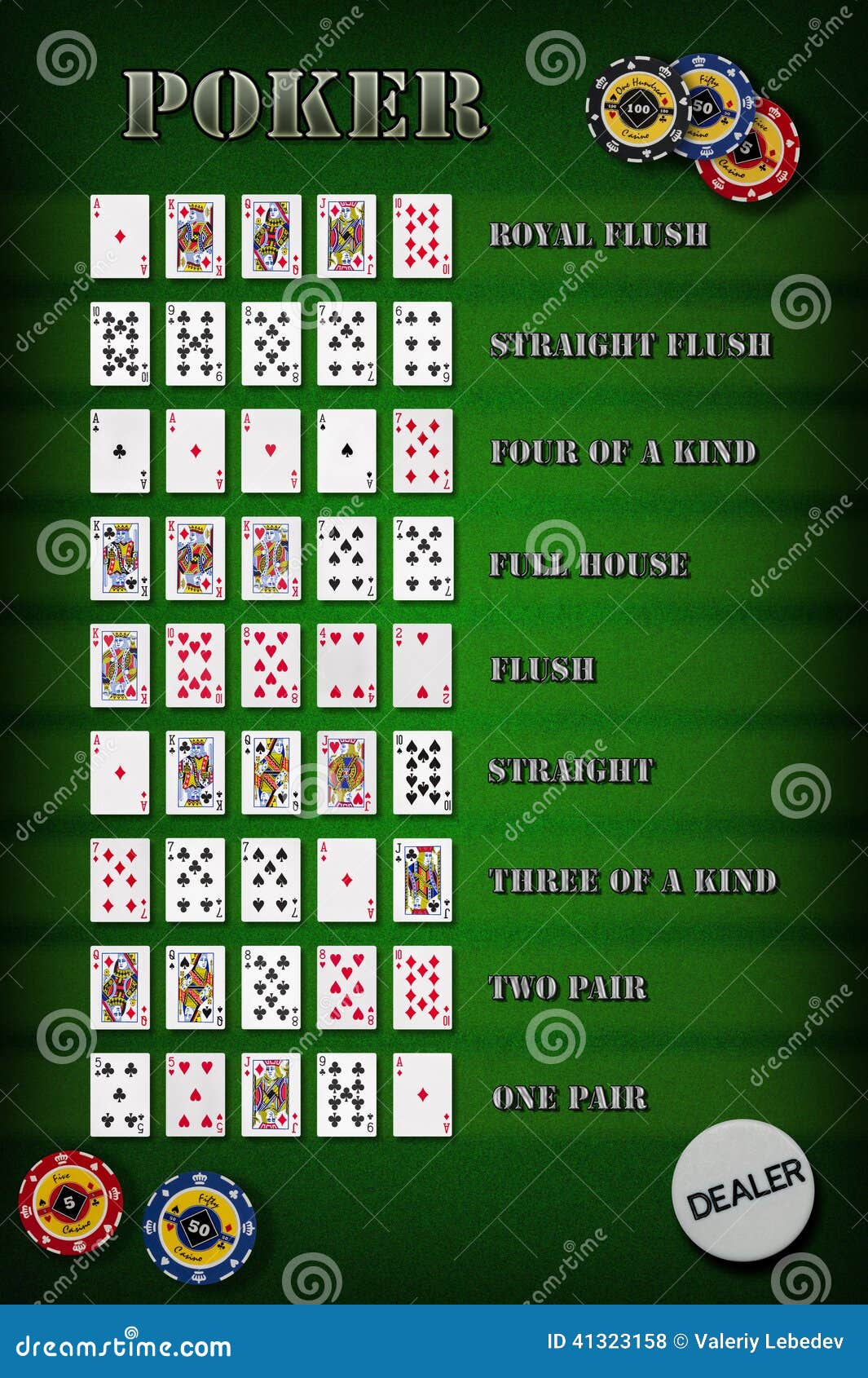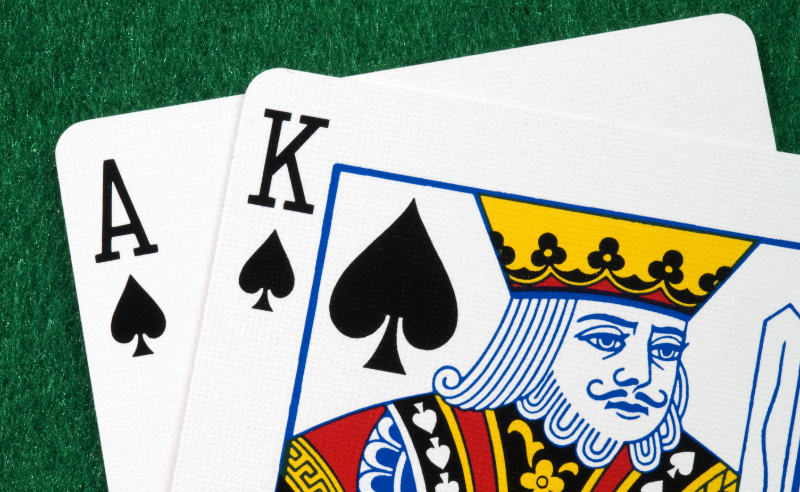Ace In Poker
When is it worth it to chase the big bonanza?
Both the highest and lowest ranking card in most poker variants. Among other things, visitors will find a daily dose of articles with the latest poker news, live reporting from. Ace-Ten suited is a strong hand, ranking in about the top 12% of preflop hands. Because of this, you should open-raise it from any position. Against an open-raise. In most scenarios, Ace-Ten suited can be played as a 3-bet or call when facing an open raise in position. I once played pai-gow poker, A pit game where your playing against the house, I had a king high straight, the dealer had a wheel, they said the wheel won because it was ace high. I just left and never played the game again. In home games and casino table games you may want clarify. – Jon Nov 21 '14 at 6:43.
How far do we go in our Ace chase? It varies from game to game
In any video poker game, the “expert” strategy changes with the pay table.

Do flushes pay 5-for-1, 6-for-1 or 7-for-1?
Do you get 2-for-1 on two pair, or 1-for-1, with enhancements elsewhere on the pay table?
But when the player settles on games such as Double Double Bonus Poker or Super Aces, at least part of our focus has to be on the top of the deck. What happens in Double Double Bonus, when four Aces pay 800 coins for a five-coin bet, or 2,000 if the Aces are accompanied by a 2, 3 or 4 as the fifth card? What happens if the game is Triple Double Bonus Poker, and we get 4,000 for a five-coin bet on if four Aces come along with a low card kicker?

We chase Aces, of course. Those big bonanzas are worth pursuing.
How far do we go in our Ace chase? It varies from game to game. Let’s do a comparison of how our play changes as we move from 9-6 Jacks or Better, where all four of a kinds pay 125 coins for a five-coin wager, to 10-7-5 Double Bonus Poker, where you’ll get 800 for four Aces, to 9-6 Double Double Bonus Poker and 9-7 Triple Double Bonus Poker.
Ace of hearts, Ace of spades, Ace of clubs, 8 of hearts, 8 of spades.
A full house is a no-brainer in Jacks or Better. You’re going to hold all five cards and not think twice. For a five-coin bet, you’re getting a guaranteed return of 45 coins. Even if you drop down to Jacks or Better games that pay only 8-for-1 or, heaven forbid, 7-for-1 on full houses, you’ll want to hold all five cards and take the guarantee of a 40- or 35-coin pay.
What if you hold just the Aces and toss away the other pair? Your only guarantee is a 15-coin return for three of a coin, and even the chance to draw four of a kind or other full houses brings your average return per five coins wagered only to 21.54 coins.
That changes when you move to games with monster pays on four Aces. It’s close in 10-7-5 Double Bonus Poker, where holding the full house gets you back 50 coins for your five-coin bet. But the effect of the 800-coin pay on four Aces brings the average return up to 50.57 coins. It’s a marginal gain, but it’s a better play to break up a full house and go for the Aces.
The margin is wider when the full house payoff drops, such as when you’re getting only 45 coins in 9-7-5 or lower Double Bonus pay tables. And the effect is magnified in Double Double and Triple Double Bonus, where the huge payoffs on kicker hands makes it more imperative to chase the Aces.
Bottom line: In Jacks or Better, we’re holding the full house. In Double Bonus, Double Double Bonus, and Triple Double Bonus, the Ace chase is on.
Ace of hearts, Ace of spades, 8 of diamonds, 8 of clubs, 5 of hearts
Jacks or Better has a 2-for-1 payoff on two pairs, so we’re holding both pairs, no matter what the ranks of the cards.
The games in our Ace race pay only 1-for-1 on two pairs, and that makes a difference. The above hand is a close, close call in 10-7-5 Double Bonus Poker. Holding two pairs is still the best play by a tiny margin, with a an 8.83-coin average return for holding both pairs vs. 8.82 for holding just the Aces. If you’re playing a 9-7-5 game, the percentages shift, and keeping the Aces and dumping the other pair becomes the better play by an 8.76-8.40 margin.
In Double Double and Triple Double Bonus, where the top pay tables pay only 9-for-1 on the full houses, AND we have the added attraction of the kicker hands, we’re breaking up two pairs in favor of a pair of Aces from the git-go. In 9-6 Double Double Bonus, the average return per five coins wagered is 9.65 coins on the Ace pair and only 8.40 when holding both pairs, and in 9-7 Triple Double Bonus the margin grows to 10.56-8.42
Ace of clubs, King of hearts, Jack of spades, 8 of hearts, 5 of diamonds
Do four-Ace jackpots ever lead us to hold a single Ace instead of multiple high cards? Yes, if the incentive is large enough.
In Jacks or Better, and even in Double Bonus Poker, the best play in the above hand is to hold King-Jack. We don’t hold the Ace along with King-Jack in such hands mostly because it’s severely limits chances to draw three of a kind and eliminates the chance of drawing a full house. In Jacks or Better, the average return is highest at 2.42 coins per five wagered for holding King-Jack, with either Ace-Jack or Ace-King next best at 2.34.
Moving to Double Bonus, King-Jack remains tops at a 2.25-coin return per five played. The 5-for-1 return on straights in Double Bonus moves Ace-King-Jack up to the second-best play at 2.23, with the lone Ace next at 2.21.
The games with the kicker hands are different. In Double Double Bonus, holding the Ace all by itself (2.27 average return) tops King-Jack (2.21), while in Triple Double Bonus, where the fall in the three-of-a-kind pay to 2-for-1 drops the value of holding King-Jack, the margin is wider at 2.32-2.13.
On any of these games, including Triple Double Bonus, we’d hold an unsuited Queen-Jack instead of a lone Ace. But when the unsuited high cards are King-Queen or King-Jack, we’ll hold the Ace instead in the kicker games.
Ace of hearts, Ace of spades, Ace of clubs, 9 of diamonds, 2 of hearts
Let’s try one that separates Double Double Bonus Poker from Triple Double Bonus Poker. In either Jacks or Better or Double Bonus Poker, you’ll want to hold the three Aces and toss away the 9 and the 2. There’s no big bonus for any kickers, so you want to maximize the chances of drawing the fourth Ace. Throw away both the 9 and 2, and you have 2 chances to draw the fourth Ace from the remaining 47 cards — a 1 in 23.5 shot. Hold another card with the Aces, and now you have only a 1 in 47 chance at drawing the fourth Ace.

Poker Scoring System
It’s an easy call in those games, but what about the games where the kicker comes into play. Are you better off to hold just the Aces, and maximizing chances at four of a kind, or to also hold the 2, ensuring that when you draw the fourth Ace, you’ll get the 2,000-coin jackpot on Double Double Bonus or the big-as-a-royal 4,000-coin hit on Triple Double Bonus.
Highest Ace In Poker
It depends. In Double Double Bonus Poker, the kicker payoff just isn’t quite large enough to settle for a reduced chance of drawing the fourth Ace. The average return per five coins wagered is 62.45 coins for holding Ace-Ace-Ace, but only 59.15 on Ace-Ace-Ace-2.
Ace In Poker Crossword
In Triple Double Bonus, it’s an entirely different matter. The average return on Ace-Ace-Ace-2 soars to 97.13 coins, while it rises less, to 78.32 when holding just Ace-Ace-Ace. That makes it worth our while to keep the kicker and go jackpot hunting.
Note that given the same holds, the odds of drawing any given hand don’t change from game to game. If we hold three Aces, we have the same chance of drawing a fourth in Jacks or Better as in Double Bonus, and it’s also the same in Double Double Bonus or Triple Double Bonus Poker.
Ace Poker Card
It’s the payoffs that change, and those changes make it imperative for the smart player to adjust strategy. When the payoffs get high enough, then it’s time to change focus and chase those Aces.